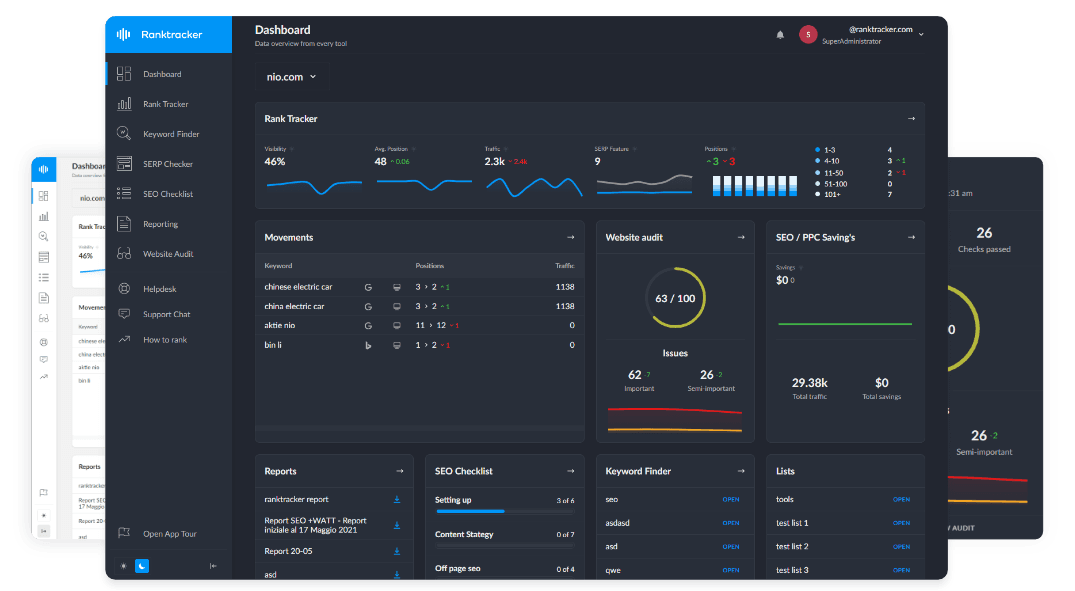Intro
Polysemy refers to words that have multiple related meanings. In SEO, polysemous words create challenges in search rankings because Google must determine which meaning aligns with user intent. Optimizing for polysemy ensures content is properly categorized and ranks for the right context.
Why Polysemy Matters in SEO:
- Helps search engines disambiguate search intent more effectively.
- Prevents content from ranking for irrelevant interpretations of a word.
- Improves semantic SEO by strengthening contextual clarity.
How Search Engines Handle Polysemy
1. Contextual Query Interpretation
- Google analyzes other words in the query to determine the intended meaning.
- Example:
- "Bank" could mean a financial institution or the side of a river, depending on additional search terms like "loan" or "fishing."
2. SERP Variations for Disambiguation
- Google displays mixed SERP results when query intent is unclear.
- Example:
- Searching "Java" returns results for Java programming, Java coffee, and Java island.
3. Entity Recognition in the Knowledge Graph
- Google links polysemous words to different entities to improve ranking accuracy.
- Example:
- "Python" can be classified under reptiles (snake) or programming languages (software).
4. Voice Search & NLP Adjustments
- NLP models like BERT and MUM use contextual cues to determine meaning.
- Example:
- A voice search for "set a bank appointment" clarifies intent for a financial bank, not a riverbank.
5. Search Personalization & User History
- Google adjusts rankings based on previous searches and behavior.
- Example:
- A user frequently searching "golf lessons" will see "golf" results related to the sport, not the car brand.
How to Optimize for Polysemy in SEO
✅ 1. Clarify Meaning in Titles & Headings
- Clearly define which meaning of a polysemous word your content targets.
- Example:
- "Java (Programming Language) – A Beginner’s Guide" vs. "Java Coffee Beans – Best Brewing Techniques."
✅ 2. Optimize for Long-Tail & Contextual Keywords
- Use descriptive phrases to avoid ambiguity.
- Example:
- Instead of "bass fishing," use "best bass fishing tips for beginners" to ensure clarity.
✅ 3. Implement Structured Data & Schema Markup
- Use schema markup to define entity relationships.
- Example:
- A page about "Python programming" should include SoftwareApplication Schema to differentiate from the snake.
✅ 4. Strengthen Internal Linking for Contextual Reinforcement
- Link content to related, unambiguous supporting pages.
- Example:
- A "Mercury (Planet)" article links to astronomy topics, while "Mercury (Element)" links to chemistry resources.
✅ 5. Optimize Meta Descriptions for Disambiguation
- Write meta descriptions that clearly indicate the content’s focus.
- Example:
- "Mercury (Planet) – The Closest Planet to the Sun" vs. "Mercury Poisoning – Symptoms and Treatments."
Tools to Optimize for Polysemy in SEO
- Google NLP API – Analyze content for ambiguity and keyword context.
- Ranktracker’s SERP Checker – Monitor search variations and ranking intent.
- Ahrefs & SEMrush – Identify competing meanings for targeted keywords.
Conclusion: Mastering Polysemy for SEO Success
Polysemy poses unique challenges in SEO, but by strategically optimizing content, search engines can better understand which meaning is relevant to your page. By clarifying intent in titles, meta descriptions, and internal linking, websites can improve rankings and avoid confusion in search results.

